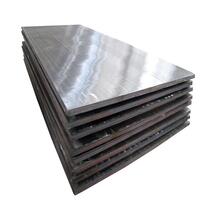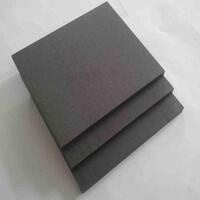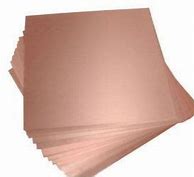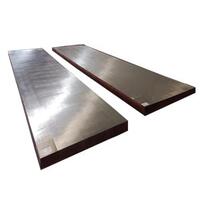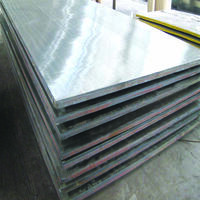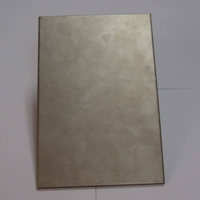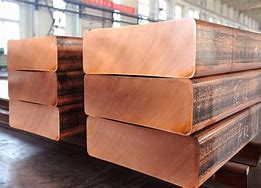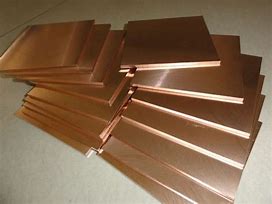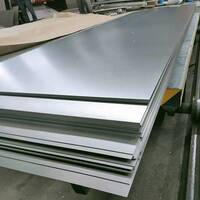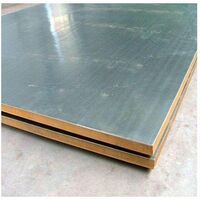Discover premium surfactants for various applications. Reliable export services, competitive prices, and high performance guaranteed.

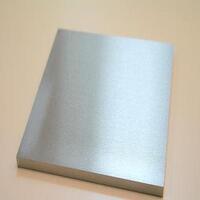
Why Choose Wgraj?
KNOW MORE ABOUT US
As a leader in industrial innovation wgraj.net has an expansive inventory that includes a wide range of metal plate products. The products of wgraj.net are used throughout automotive, mechanical engineering, manufacturing, mining, chemical, and even aerospace industries.
Aluminum Plate
Stainless Steel Plate
Copper Plate
Carbon Steel Plate
SHOP BY CATEGORIES
Designed by artists, made by us, just for you.
BEST SELLER
FEATURED PRODUCTS
CUSTOMER REVIEWS
Words from Satisfied Shoppers
Latest News

